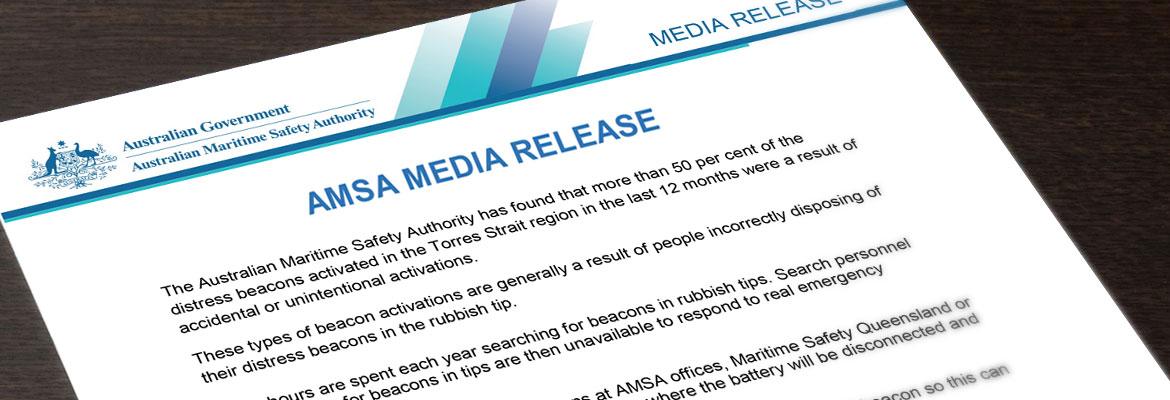
The Thruster aircraft was crossing Bass Strait on a flight from Bridport, Tasmania enroute to Newcastle, NSW on Monday.
The Australian Maritime Safety Authority’s Rescue Coordination Centre Australia (RCC Australia) was alerted by Airservices Australia that the aircraft was preparing to ditch into the ocean about 3pm (AEDT).
Fortunately the pilot was carrying a loaned distress beacon which was activated enabling their location to be quickly and accurately determined. This allowed officers at RCC Australia to divert an aircraft in the area and despatch rescue units directly to the survivors’ location in the water.
Rescue helicopters from Hobart and Victoria, AMSA’s Essendon based Dornier, a police vessel and a merchant vessel were tasked by RCC Australia to respond during the search and rescue operation.
The two men were rescued within two hours and were already suffering from mild hypothermia.
AMSA reminds all adventurers to ensure they have made the correct safety preparations for their intended operation.
In the unfortunate event of an aircraft ditching, particularly in cold water areas such as Bass Strait, survivability from hypothermia is reliant on quick recovery from the water.
Carriage of a registered GPS-equipped distress beacon will afford a faster response to an accurate location when a rescue is required.
Media enquiries 1300 624 633